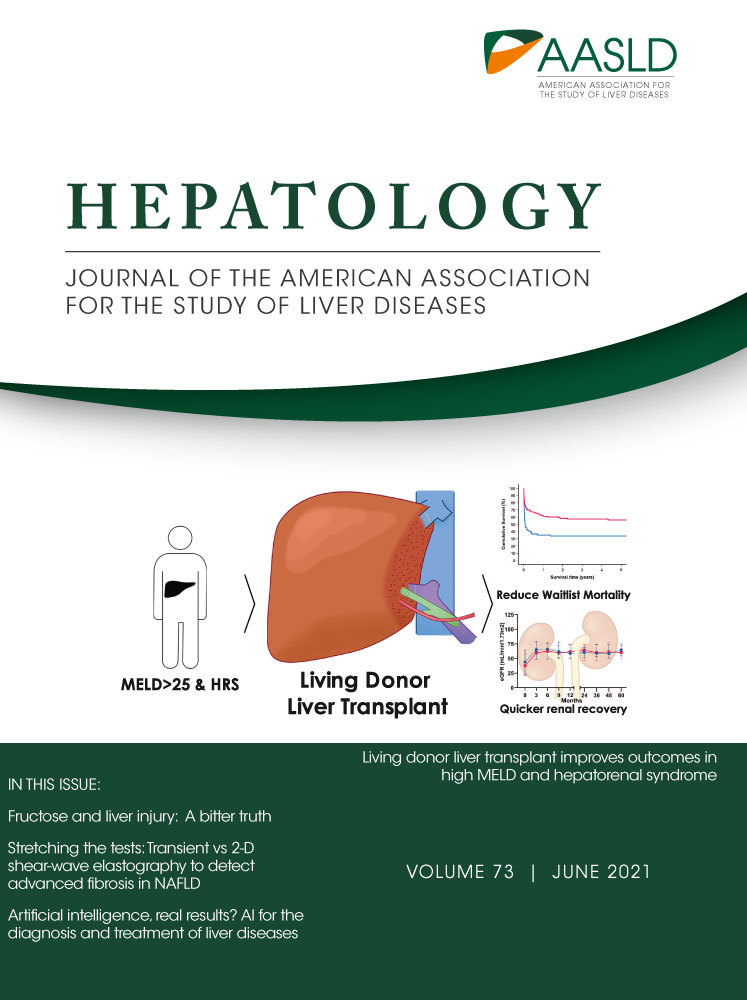REPLY:
We appreciate the letter from Wang et al. regarding our recent publication.(1) We agree that the study of tumor growth patterns is challenging, and the ideal model for determining tumor growth remains debated. We used the Schwartz equation(2) for our analyses, which remains the most widely used model across cancer types. This model assumes that tumors grow at a consistent (exponential, rather than linear) rate and HCCs are relatively homogeneous. Exponential growth models assume that tumor cells continue to divide without constraint and therefore are good models of early tumor growth. However, these models have limitations when tumors become larger and potentially outgrow their blood supply, given that their growth is expected to decelerate at that time. Other models of tumor growth (i.e., Gompertz, Spratt’s generalized logistic model) have been proposed,(3) with Wang et al. highlighting the logistic model as an alternative approach. However, the coefficient of carrying capacity (K) or damping factor (b) are required for this model and not currently known for HCC, so deriving these factors would rely on assumptions. Furthermore, damping factors can often manifest late in the natural history of tumors and occur at widely different tumor sizes.(4) In a study by Talkington et al.,(3) rate estimates from various models were compared and the exponential model appeared to have the best fit for HCC. Although multiple imaging studies at various time points may provide a more accurate estimation of the trajectory of tumor growth patterns, this is difficult to attain in clinical practice. In our study, only 242 (7.6%) of 3,180 patients with HCC at four large centers had two consecutive imaging studies before any treatment, with only a small minority having more than two imaging studies without intervening treatment.
Overall, it is clear that accurate assessment of tumor growth patterns for HCC is complex. Although our analysis is based on the above assumptions regarding tumor growth patterns, it is reassuring that our findings were replicated in an external verification cohort as part of our study and a subsequent systematic review.(5) However, we agree that tumor growth models in HCC would benefit from further refinement, prospective study, and validation in other cohorts.
Author Contributions
All authors were involved in the drafting of the article and revision for important intellectual content. All authors approved the final version to be published.




